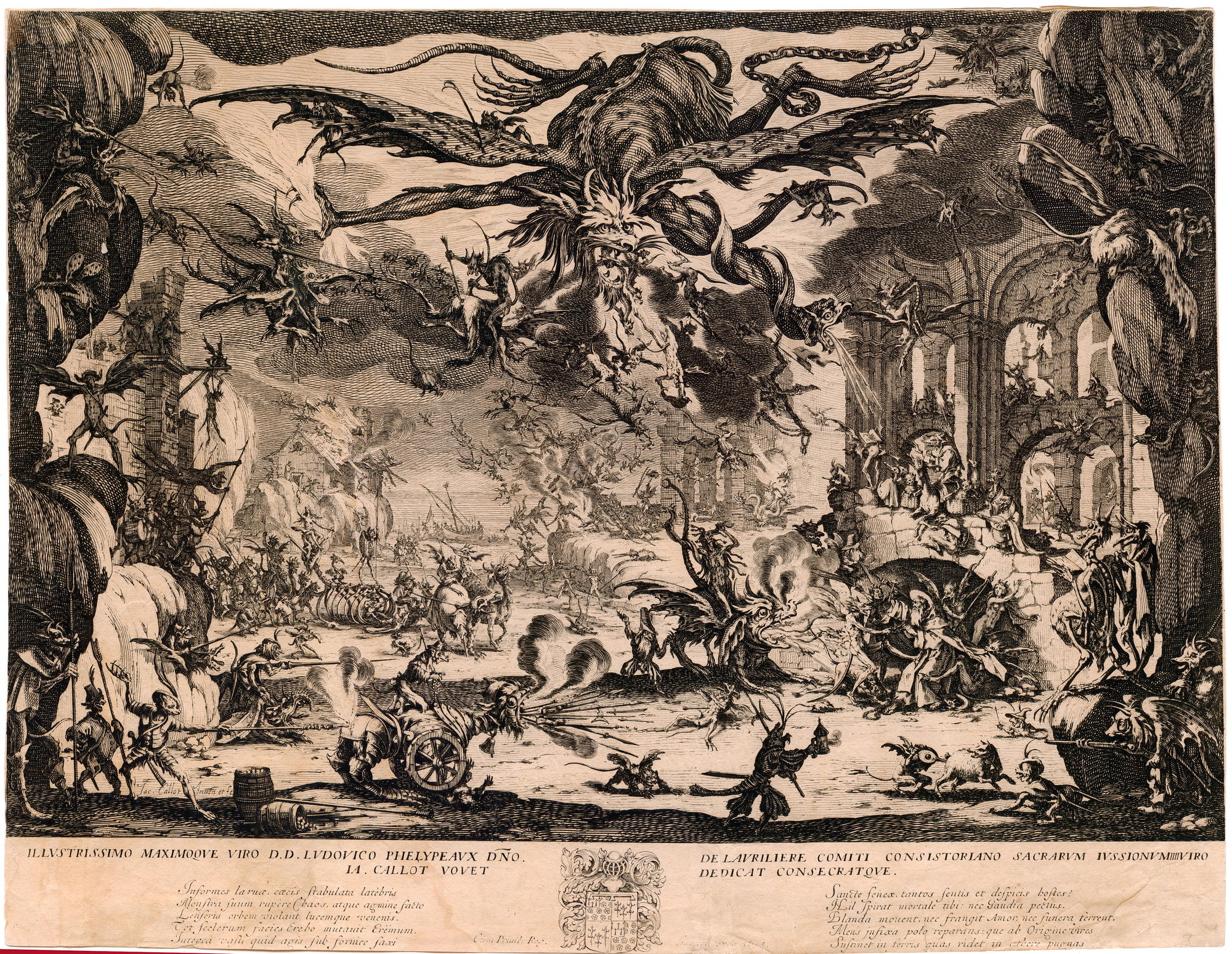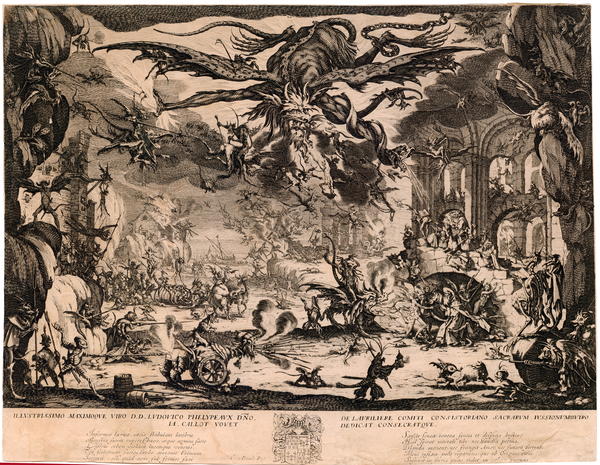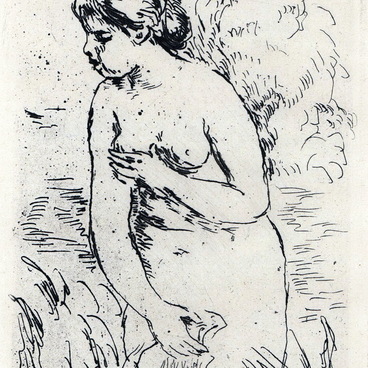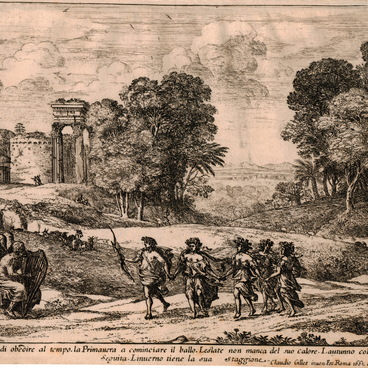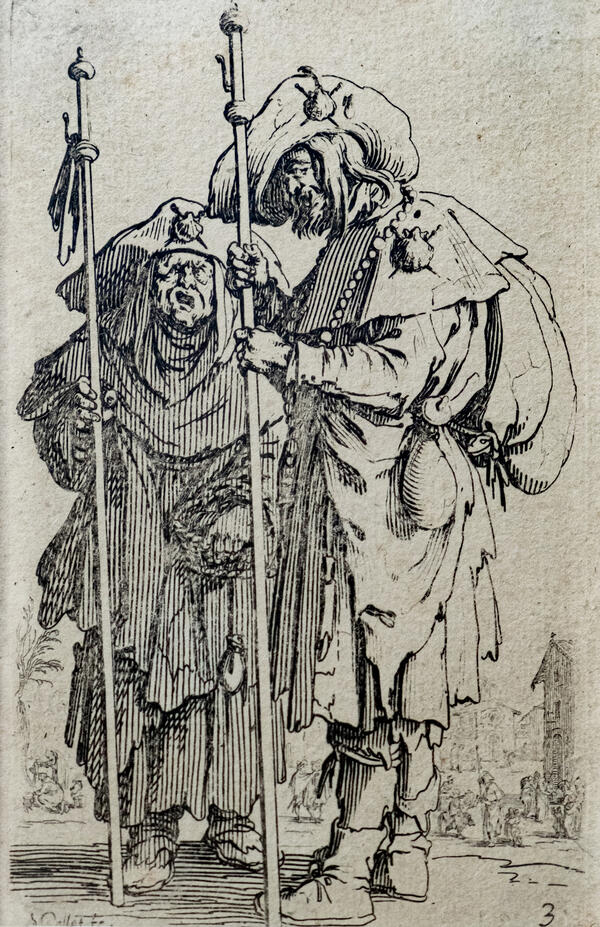Saint Anthony, the founder of monasticism, lived in the 3rd — 4th centuries. At the age of 20, after the death of his parents, he gave away his inheritance to the poor, placed his sister in the care of pious virgins and went alone into the Theban desert. Anthony’s wanderings brought him to the banks of the Nile, where he took up his abode in the ruins of an old fort. There, he was tempted by the devil and took the strictest vows. Anthony talked with pilgrims, who rarely visited him, through a narrow opening in the wall, and no one interfered with his hermit life.
Anthony broke his solitude on two occasions. The first time, to help the hermits, who followed him, to organize their lives and support Christians during their persecution by the Roman Emperor Maximinus. The second time, to denounce Arian heretics who claimed that venerable Anthony had joined their ranks. He died in his desert on the shores of the Red Sea at the age of 105.
Anthony broke his solitude on two occasions. The first time, to help the hermits, who followed him, to organize their lives and support Christians during their persecution by the Roman Emperor Maximinus. The second time, to denounce Arian heretics who claimed that venerable Anthony had joined their ranks. He died in his desert on the shores of the Red Sea at the age of 105.
